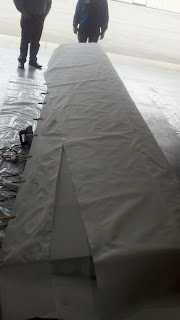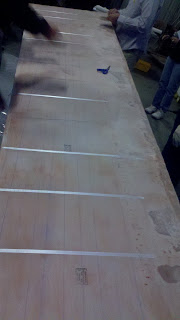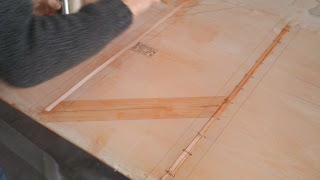Mario Andretti
If you've been following my blog, you may have noticed that I've slacked a bit on posting. It's been a busy week of a business trip to Mexico for a day, a lot of demo prepping and installations as the year comes to a close, and a short vacation to Mammoth to catch my breath from it all.
But that doesn't mean that the lessons haven't stopped.
A couple of weeks ago, I ran into an issue caused by a demon I thought had finally gone a way.
User Account Control (UAC). Found in Windows Vista and Windows 7, it helps secure your system against unauthorized changes.
It's quite effective. As a matter of fact, it's so effective, it can prevent programs you need to change your system from doing so, rendering that program unable to do important operations.
Like install, for example.
In recent years and software releases, the issue has gone away as Microsoft, and the programs that installed on it, have learned to coexist much more efficiently.
But recently, that little monster reared up again with an installation of Autodesk Simulation Multiphysics 2012 Service Pack 1 on Windows 7.
I received a tech call where a user was getting a cryptic MDAC error. It was pretty cryptic, and definitely a little frightening.
 |
| Here's the error, but what does it mean? |
"UAC used to cause wacky things like this...."
So we went into the control panel, and turned off UAC.
 |
| In Windows 7, pull the slider to the bottom! |
Gone away the issues of UAC? Not just yet! If it's up to me, I turn if off. If you ask what I think about you running it? See the part where I turned it off.
Does that mean that you're going to encounter issues if you leave it on? Not necessarily, but keep in mind that it can still cause issues (as experience taught me).
So if a program or service pack won't install. Or if a program doesn't start, it's worth taking a look at UAC. IF at all possible, shut if off, if only to eliminate it as a culprit.
It can save a headache or two!
And if you want more info on turning off UAC, there's a KETIV Tech Tip!
Note that the tip is for Windows Vista, but Windows 7 is very similar.
































